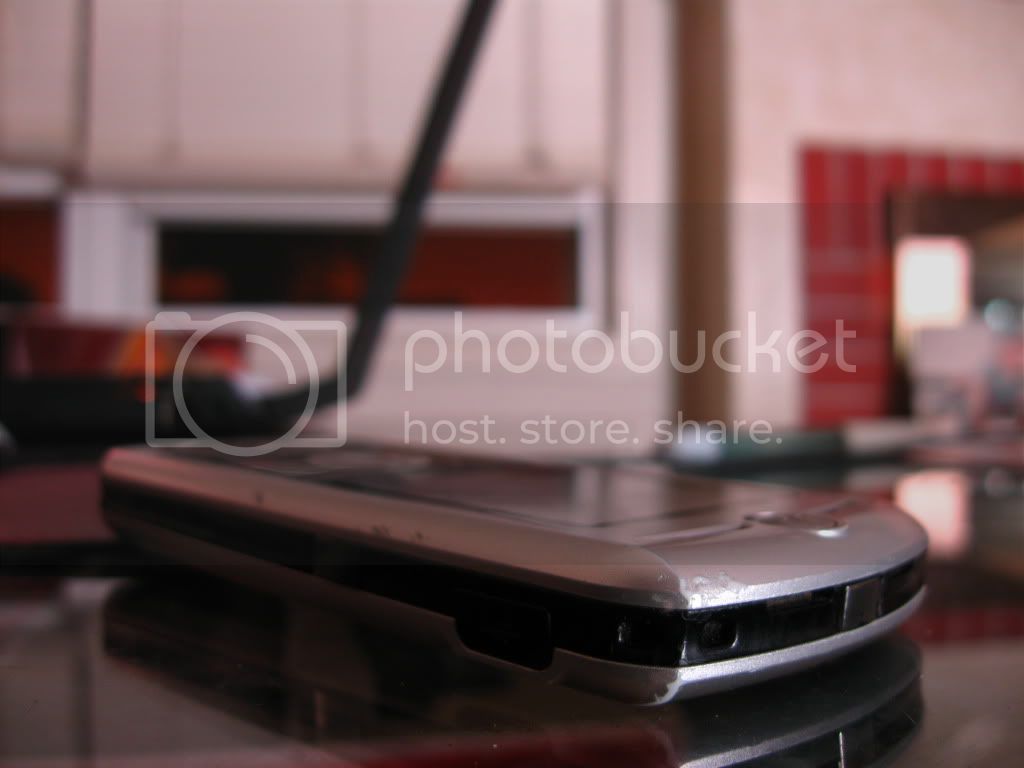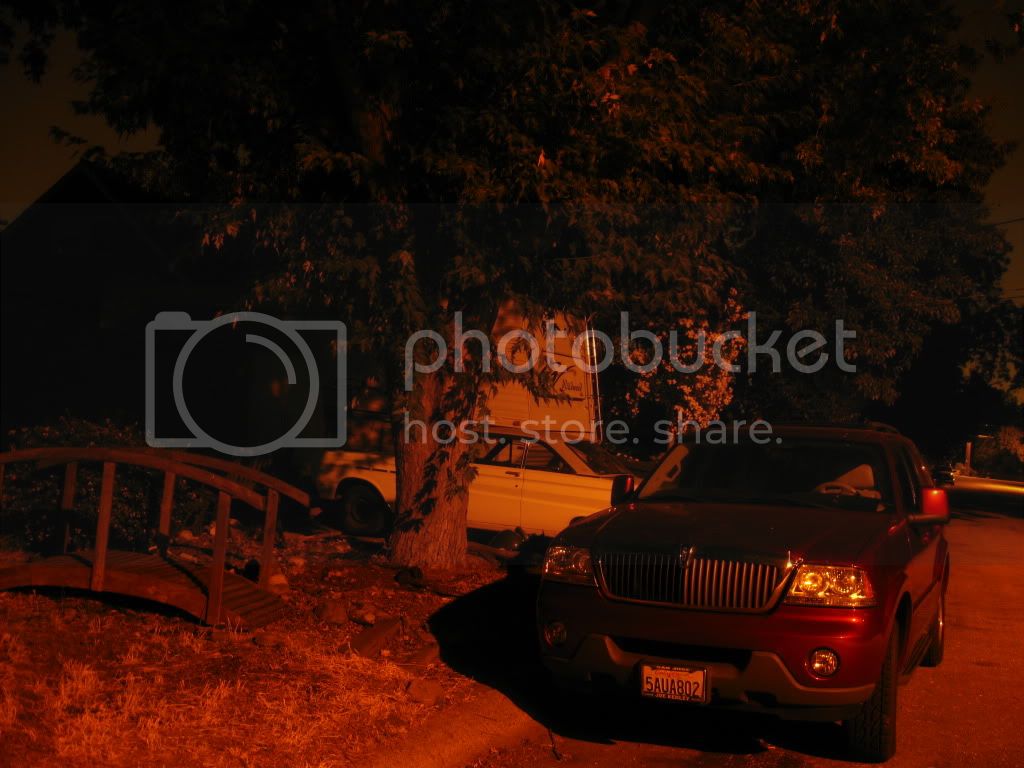boiltheocean
Premium
- 7,756

- Samoa
So what's the Point?
The point of the photo club is get members interacting more, not only can you post images but you can also post your inspirations, techniques and other information if you wish. The more effort you put into the Photo Club the more you will get out.
The Rules
The only rule is that the discussion should follow the current theme of the thread (see title)
Who decides Themes and how often?
A new theme can be suggested by any member and can be enforced at any time, the current theme will expire when interest drops.
Themes Covered/Covering
Low-Light
Motorsport
Film
Influences
File Formats
Organisation
Lenses
Street Photography
The point of the photo club is get members interacting more, not only can you post images but you can also post your inspirations, techniques and other information if you wish. The more effort you put into the Photo Club the more you will get out.
The Rules
The only rule is that the discussion should follow the current theme of the thread (see title)
Who decides Themes and how often?
A new theme can be suggested by any member and can be enforced at any time, the current theme will expire when interest drops.
Themes Covered/Covering
Low-Light
Motorsport
Film
Influences
File Formats
Organisation
Lenses
Street Photography
Last edited:

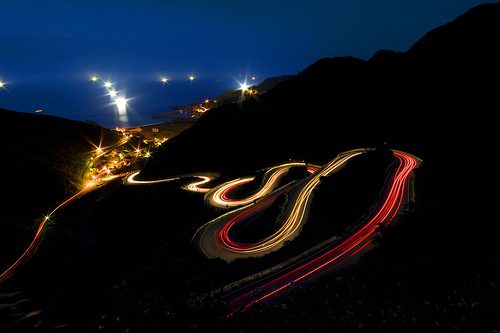

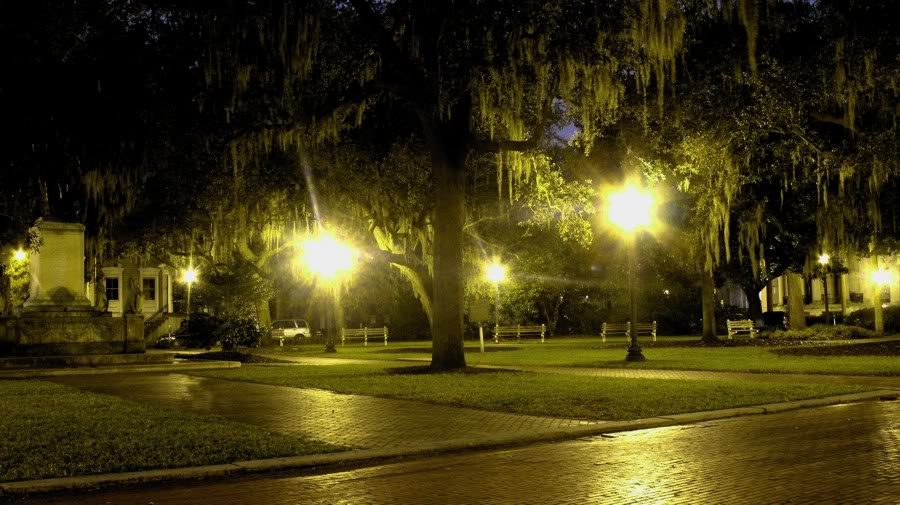
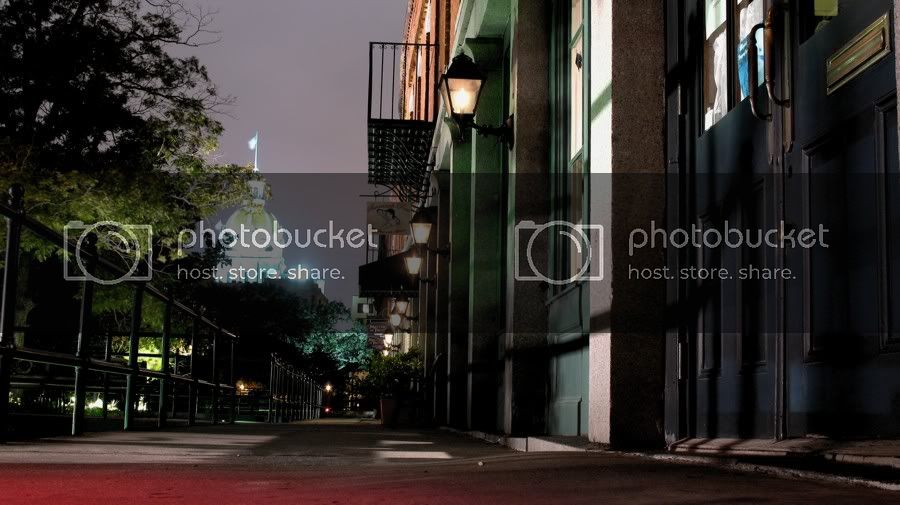


















 In all seriousness, if there is only one photography book you ever read, it should be the one I mentioned written by him. Very insightful and descriptive. He shows you some of his better know work and how he set up lighting for them. Full of great tricks of the trade, especially when it comes to working in low level light situations. I could bang on forever about it really but I'll get back on topic now.
In all seriousness, if there is only one photography book you ever read, it should be the one I mentioned written by him. Very insightful and descriptive. He shows you some of his better know work and how he set up lighting for them. Full of great tricks of the trade, especially when it comes to working in low level light situations. I could bang on forever about it really but I'll get back on topic now. 

